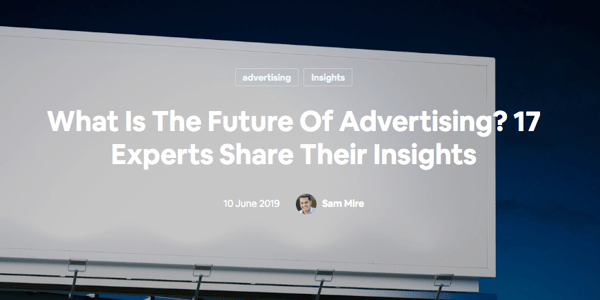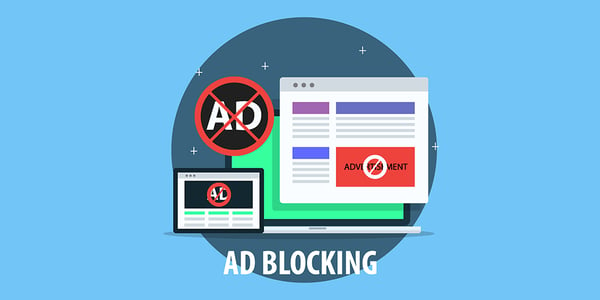
This week's review of ad fraud and quality in the digital advertising space.

Disruptor Daily has published a series of three blog posts diving into the latest trends and tech in advertising, featuring insight from industry experts.
Pixalate had the opportunity to contribute to each piece. See the recap here.

"Connected TV inventory is growing like weeds," wrote eMarketer. "We expect that more than half of the US population (57.2%) will watch connected TV in 2019, up from 51.7% in 2017, and because the time they spend watching will increase too, the amount of connected TV inventory available to advertisers will proliferate."

"Large parts of the Scranos operation were taken out in April - but it's already back and the criminals behind it seem more determined than ever, adding a trojan and a cryptojacker to their adware scheme," reported ZDNet. "The group behind [the] malware campaign ... have altered its attack techniques and added new payloads including a cryptominer and a Trojan in an apparent bid to make more money from infected devices."

ExchangeWire explores the future of ad-blockers, sparked by Google's recent decision to limit the functionality of ad block extensions for non-premium Chrome users.
The author of the piece proposes a solution that they say will benefit publishers and internet users alike: "[T]he industry could employ the old adage of ‘quality over quantity’, namely prioritising user experience over the number of ads served. Creating an enjoyable environment through serving high quality, relevant, and attractive ads will encourage users not to use an alternative ad blocker, or will act as an incentive to whitelist a compliant site even if they do reactivate an ad blocker.

"Facebook has agreed to settle a class-action complaint accusing the company of inflating video metrics by up to 900%, lawyers for marketing agencies told a judge Wednesday," reported MediaPost. "The company has said its mistaken calculations did not affect billing. But the marketers said the erroneous statistics led them to believe video ads on the platform were more valuable than they actually were, which led to higher prices."
*By entering your email address and clicking Subscribe, you are agreeing to our Terms of Use and Privacy Policy.
These Stories on Weekly Recaps
*By entering your email address and clicking Subscribe, you are agreeing to our Terms of Use and Privacy Policy.

Disclaimer: The content of this page reflects Pixalate’s opinions with respect to the factors that Pixalate believes can be useful to the digital media industry. Any proprietary data shared is grounded in Pixalate’s proprietary technology and analytics, which Pixalate is continuously evaluating and updating. Any references to outside sources should not be construed as endorsements. Pixalate’s opinions are just that - opinion, not facts or guarantees.
Per the MRC, “'Fraud' is not intended to represent fraud as defined in various laws, statutes and ordinances or as conventionally used in U.S. Court or other legal proceedings, but rather a custom definition strictly for advertising measurement purposes. Also per the MRC, “‘Invalid Traffic’ is defined generally as traffic that does not meet certain ad serving quality or completeness criteria, or otherwise does not represent legitimate ad traffic that should be included in measurement counts. Among the reasons why ad traffic may be deemed invalid is it is a result of non-human traffic (spiders, bots, etc.), or activity designed to produce fraudulent traffic.”

